Summer safety
When it comes to summer safety issues I was never one to be overly protective or plan for disaster except when it came to sun care.
Summer has to be my favourite time of the year mostly because I can get to spend many more hours outdoors in the glorious sunshine.
Endless fun in the sun on the beach, walking in the mountains, swimming or boating from a very early age onwards and doing the same with my kids, provides for extremely happy memories.
Summer memories and Summer safety

Summer memories are mostly very happy ones. Eating lobster, shrimp and oysters at the beach, playing endless games in the swimming pool, walking into the mountains with my dad, or lately all of the same with my own children.
But there are some memories that are better forgotten. Like the Malaria after not taking the anti-malaria tablets and the snake bite after not heeding the warning to keep away. Or the spider bite my sister got when camping as children and we all laughed at her misery because we were actually really scared and it was just a fearful reflex. And then of course there were the sunburns!
In short there's more to happy summer memories than meets the eye.
If you really want to be prepared when it comes to summer holidays, there are many different ways to minimize your health risks. Many expert bodies out there have recommendations that include packing all sorts of treatments, lotions, bandages and emergency equipment and such. So before you pack your swimsuit or hit the hiking trail this year, brush up the potential summer hazards.
The one hazard that is easiest to deal with for me is making sure not to over-do the sunshine and get sun burnt. There can be some extremely serious results
The following are some basics on summer safety and how best to protect you and your family.
Summer Safety for babies
Babies under 6 months
- It is standard practice not to expose your baby to the sun until they are 6 months old.
- Dress them with long sleeved shirts and long pants wherever possible, plus the ever present hat. Preferably the hat should shade the neck as well as the face.
- If finding yourself in a situation where you have to expose your child to the sun, use a sunscreen that has only Zinc Oxide as the active ingredient, plus has no chemicals or other toxic ingredients present.
- If your baby should get sunburnt, apply cold compresses immediately to the affected areas.
Summer safety and children
- Be sure to apply enough sunscreen - it is so often the case that a child gets burnt because not enough sunscreen was applied. And of course, if out long enough, reapply every 2 hours minimum. If swimming or sweating, make sure to re-apply more frequently thane very 2 hours
- From as young an age as possible, you will do your children a great favor if you teach them that sunscreen and wearing a hat when out in the sun is important for their health. Plus good quality protective cotton clothing with a tight weave for body protection.
- Limit sun exposure during the very hottest hours - in some cases between 10 a.m. and 4 p.m. - when the UVB rays are most direct and sun burn damage is most likely. If you want them to get a good dose of Vitamin D from UVB exposure, only 10 - 20 minutes is required when the sun is most direct. This will depend on skin types, but mostly not a lot of time is required and the most important aspect to remember is not to overdo it and get sun burnt.
- UVA protection is also hugely important, especially on cloudy days when we think they won't get burnt. So choose a sunscreen with a high level of protection from both UVA and UVB rays. Safest choice is a Zinc Oxide based sunscreen.
- Use extra caution near water and sand (and even snow!) as they reflect UV rays and may result in sunburn more quickly.
Summer safety and Hydration
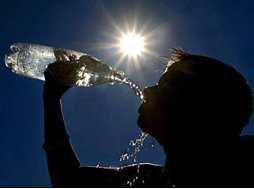 Hydration is important
Hydration is importantWhile outdoors having fun or participating in some sort of sport or competitive event, a common problem is dehydration.
This can in turn lead to overheating and ultimately heat stroke and even possibly body collapse. It is especially dangerous where young children or the elderly are concerned as they are more sensitive to heat exhaustion or heat stroke and they can be easily overlooked.
Hydration issues worth noting:
- Most people wait until they are thirsty before drinking but by then they often are already dehydrated. So drink plenty of fluids, especially when exercising in the sun.
- During heavy exercising, try and drink two to four glasses of water every hour, or less amounts more regularly. Make sure you know where the water sources are if running or cycling in a race, or similar. Don't underestimate how much to carry if there are none.
- If outdoors celebrating or socializing, understand that alcohol or sugar based drinks will actually cause your body to lose more body fluid. Drink water in between other drinks.
In general, it is beneficial from a hydration perspective to limit outdoor activity to the cooler morning and evening hours.
Also, wearing lightweight, light-colored, loose-fitting clothing helps significantly if out in the midday heat as body temperature can rise to 106 F (41C) or higher within 10 to 15 minutes.
Summer safety - how to recognize & control Heat Stroke
The following signs are typical of someone experiencing heat stroke:
- Body temperature above 103 F, (39.4C)
- Red, hot dry skin
- No sweating -- which means that the body's sweating mechanism is failing and the body is unable to cool down.
- Rapid pulse
- Headache, dizziness or nausea
The last 2 items indicate extreme stress and it is wise to call for emergency assistance immediately and make sure the person is in a cool place while waiting.
Regardless of whether they are in an emergency or not, cool them down as rapidly as possible using whatever method you can think of. eg A cold bath, cold shower, or simply spray with cold water.
Summer safety - sunburn & skin cancer
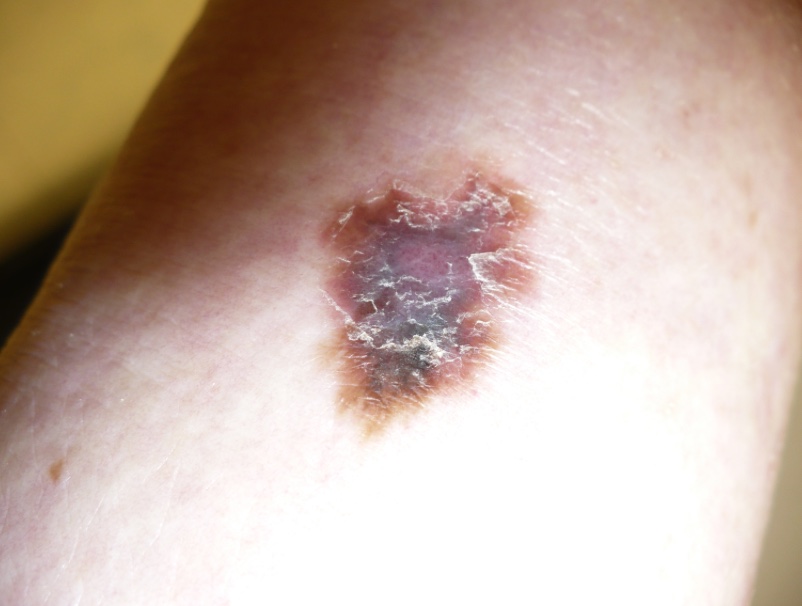 Beware of Skin cancer
Beware of Skin cancerEveryone is at risk for skin cancer and the main culprit is deemed to be the sun.
Although the sun's UVB rays actually protect us from cancer by enabling us to make vitamin D in our skin, getting a sun burn does not.
A sun burn increases the risks of skin cancer hugely. Those people especially at risk, according to the American Cancer Society, are people with:
- light skin color, light hair or eye color
- a family history of skin cancer
- chronic sun exposure
- a history of sunburns early in life
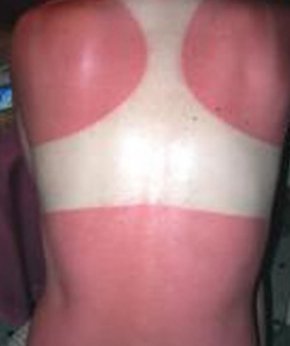 Badly Sun-burnt back
Badly Sun-burnt backGetting a sun burn from tanning booths dramatically increases the risk of skin cancer.
Be on the lookout for skin moles that:
- change color or size
- bleed
- have an irregular, spreading edge
These are all potential signs of the most dangerous of all skin cancers - a melanoma.
If you do get a sunburn, don't put ice or butter directly on it, says Bruce Bonanno, M.D., an emergency physician at Bayshore Community Hospital in Holmdel, N.J. "Use a cold compress, and if you don't have that, a pack of frozen vegetables will work."
Summer Safety - protection from sunburns
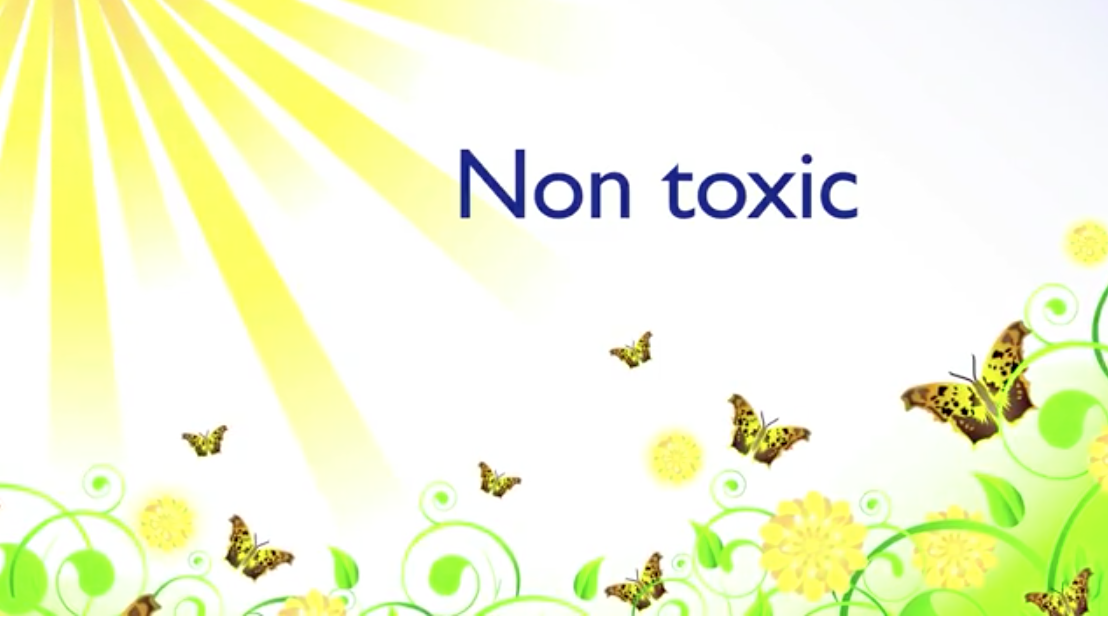 Non toxic sunscreens are best
Non toxic sunscreens are bestThere are 3 basic options to avoid sun burns:
- limit your exposure to the sun
- wear protective clothing
- use sunscreen
Choose a healthy non-toxic sunscreen that provides quality protection from both UVA and UVB rays. Apply it as per instructions, which includes reapplying at least every 2 hours or less if swimming or exercising and sweating.
New labeling of sunscreens will make it easier to find an sunscreen with adequate UVA protection but be aware that even then it may be difficult to detect which sunscreen has enough UVA protection. If it's zinc oxide based it is more than likely going to have high protection from both UVA and UVB rays. But not if it's just a token percentage and the rest of the active ingredients are toxic and chemical.
Summer Safety - sun sensitivity
Be fully aware that some medications can increase your skin's sensitivity to the sun. Examples are:
- tetracycline antibiotics
- sulfonamides such as Bactrim
- non-steroidal anti-inflammatory drugs such as ibuprofen
- some fluoroquinolones
Cosmetics that contain alpha hydroxy acids (AHAs) are known to increase sun sensitivity and even the possibility of sunburn. Examples are glycolic acid and lactic acid.
It is therefore of greater importance to protect your skin from the sun while using any of these medications or AHA-containing products and also, to keep doing so for at least a week after discontinuing their use.
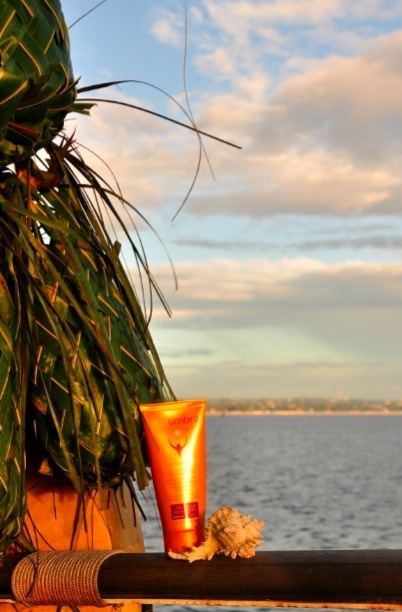
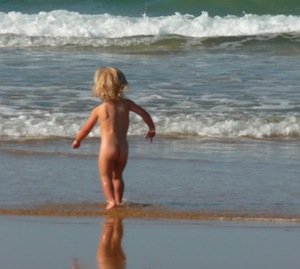
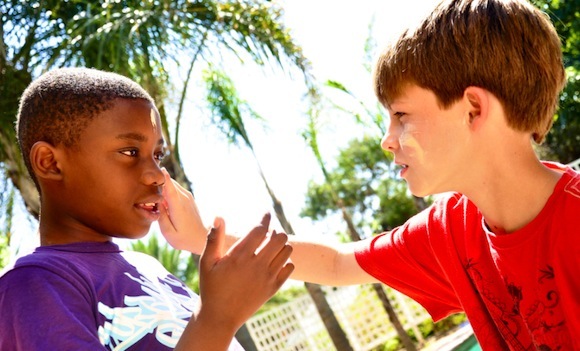




New! Comments
Have your say... please leave me a comment in the box below.